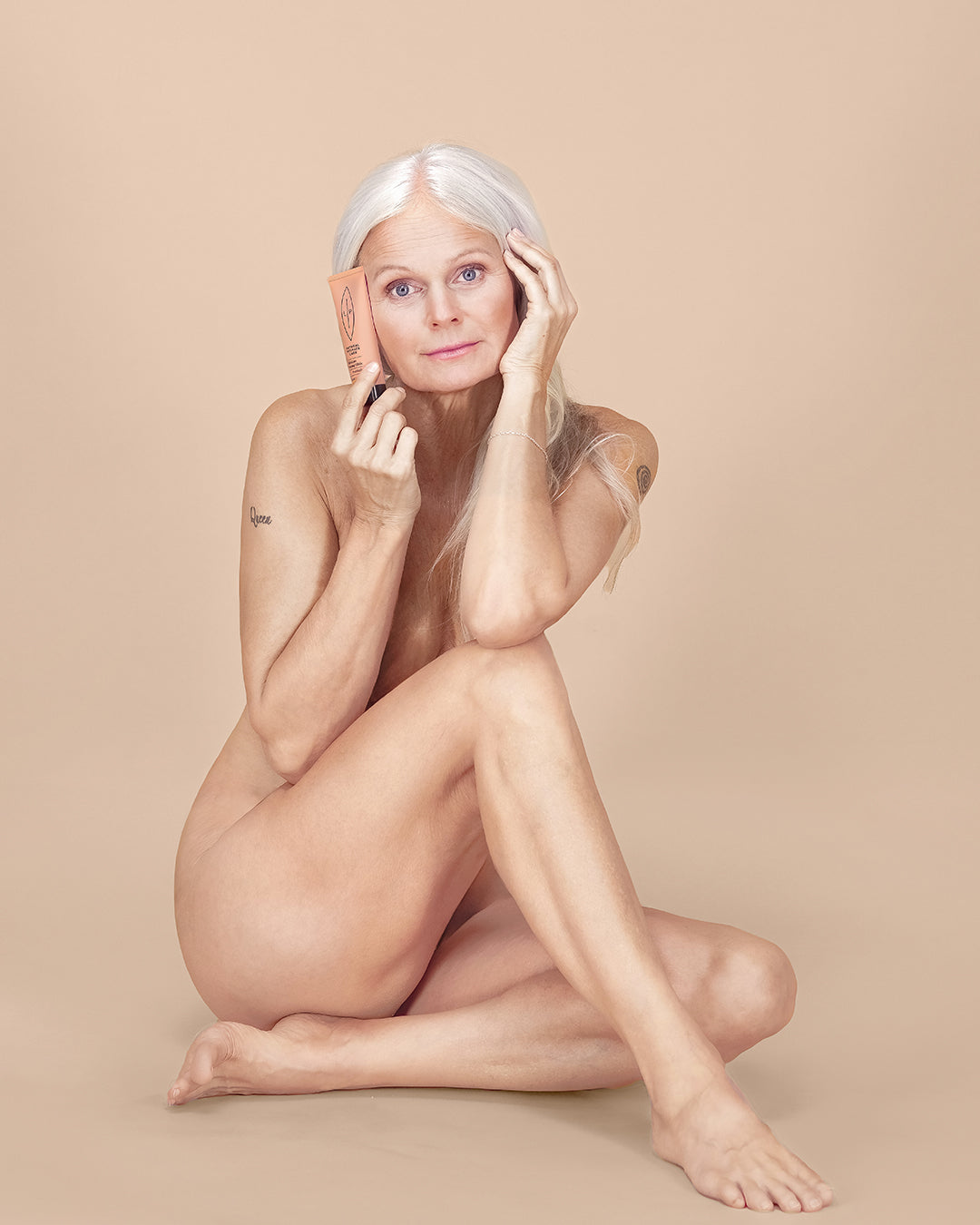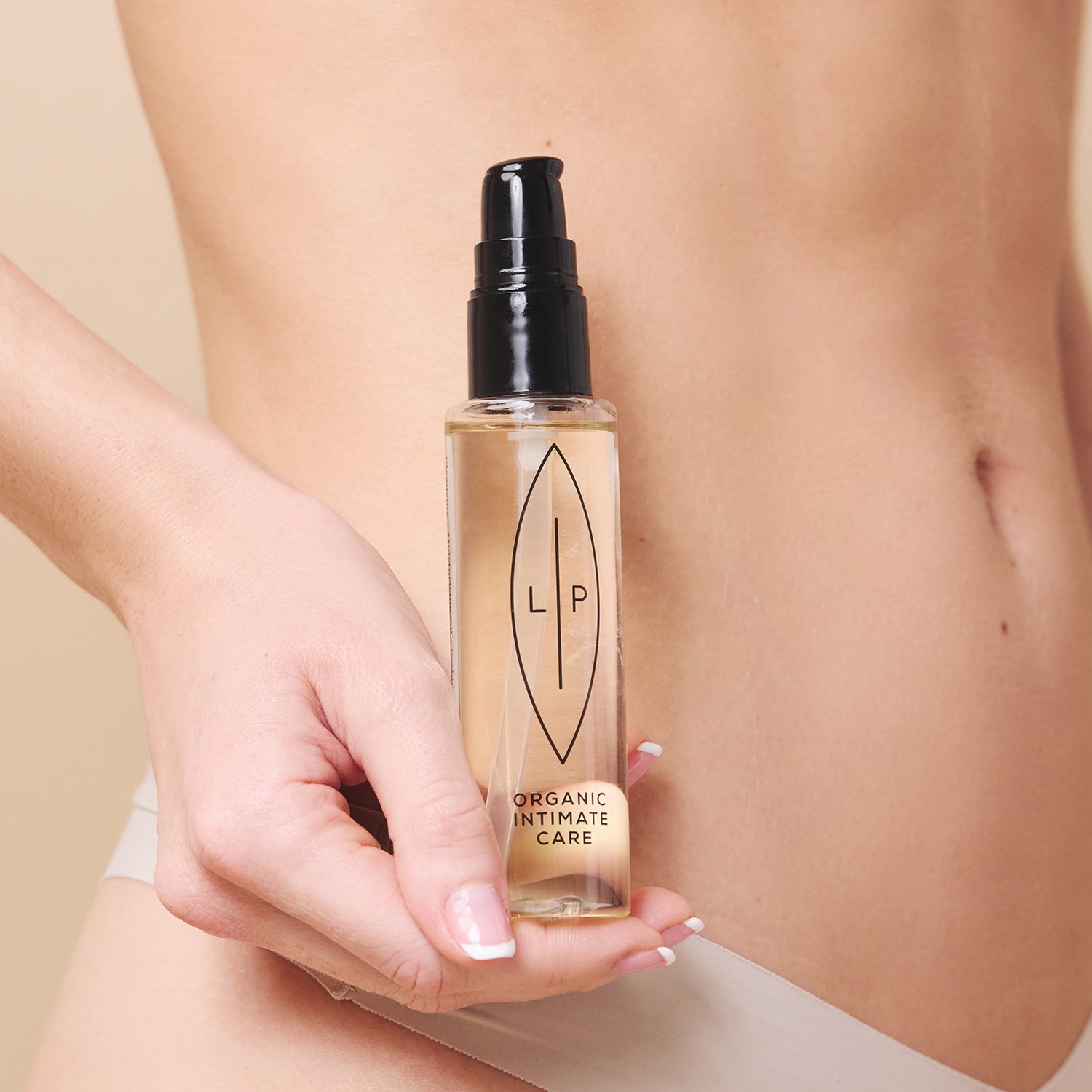Symptoms of vulvodynia (earlier called vestibulitis) involve a chronic feeling of burning, stinging, irritation or sharp pain around the vaginal opening. Vulvodynia negatively affects the quality of life and your intimate relationships.
You should always consult a health care professional as soon as possible if you are experiencing any of the above symptoms. There are some things you can do by yourself if you are experiencing vulvar pain.
1. Dryness in the genital area can worsen the pain, so you should avoid using foaming washes and not wash too often. Instead, use an oil cleanser like Cleansing + Moisturising Oil, Prebiotic + Postbiotic.
2. Lubricate the vaginal opening regularly with Lip Balm.
3. Take a break from vaginal intercourse.
4. Avoid all kinds of chafing against the intimate area.
5. Stop taking contraceptive pills.
Vulvodynia affects about 8% of women of reproductive age. Even though it’s so common, only about 50% seek medical advice, and just under half of these get the right diagnosis and treatment.
Dr. Rebecka Kaplan Sturk has recently published a book about vulvodynia, which is primarily aimed at health care professionals, and she points out that an early diagnosis and effective treatment are central to reducing the physical and psychological suffering of women with vulvar pain.
Her book “Vulvasmärta – provocerad, lokaliserad vulvodynia” (Vulva pain – provoked, localized vulvodynia) provides the background to vulvodynia, causes and triggering factors as well as a broad overview of different treatment methods. Several patient stories illustrate different aspects of vulvodynia, from triggers and treatment strategies to vulvodynia in different phases of life.

About the author:
Rebecka Kaplan Sturk is a specialist in obstetrics and gynecology and has focused mainly on vulvar problems and teenage gynecology for the past ten years. She is a certified nutritionist with a special interest in how lifestyle factors and diet affect women's health. Rebecka teaches at midwifery education at Karolinska Institutet and Sophiahemmets University in Stockholm and is editor-in-chief at Praktisk Medicin.

